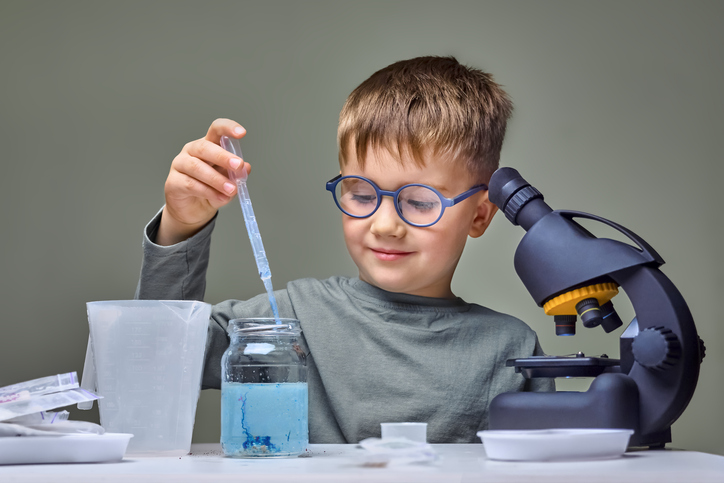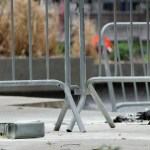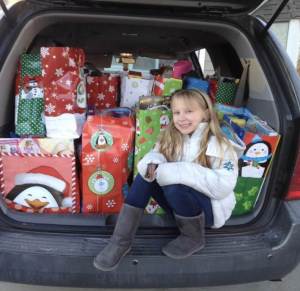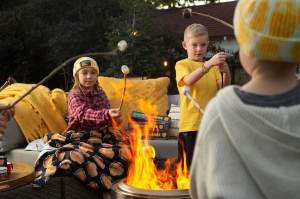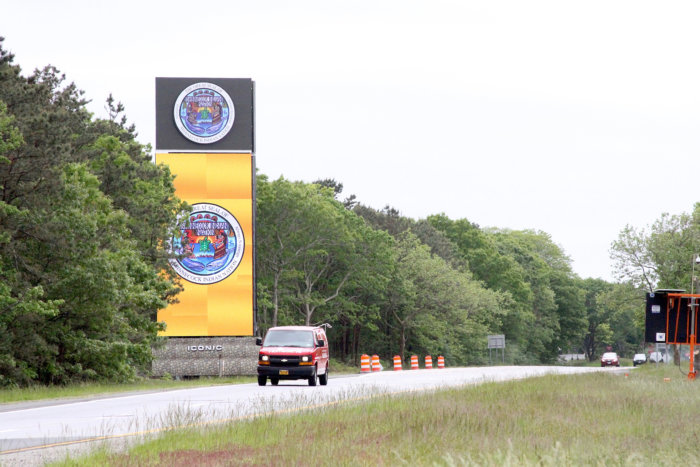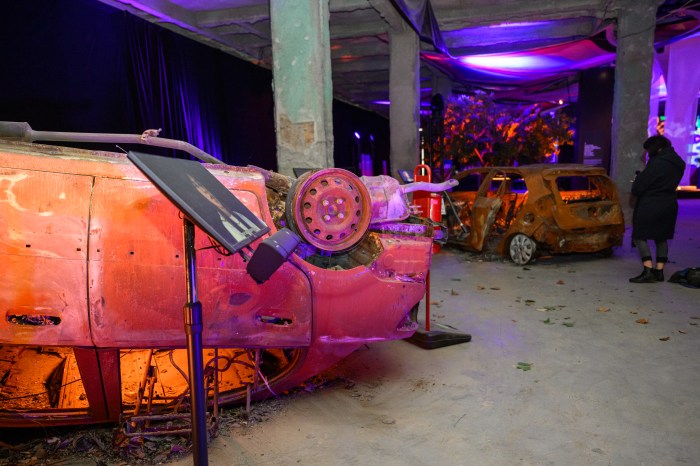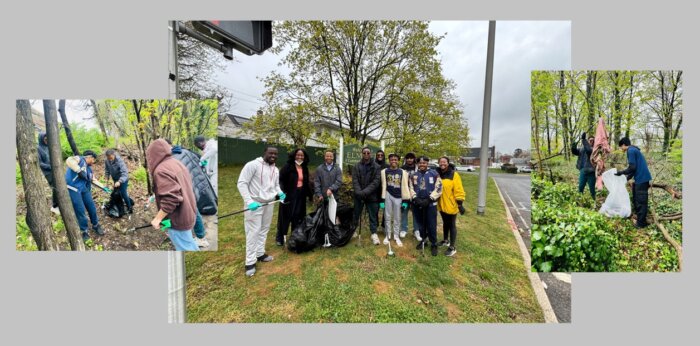By Liana Vazquez
Science Projects to Do at Home
Science projects can be a load of fun. Kids come home from school and have to tell you about the bean plant they are growing or the awesome explosion that comes when baking soda and vinegar mix. As parents you can make them just as excited about science at home! This list is composed of experiments for all ages and interests. If your child is a visual learner, or a tactile learner, or simply loves looking at the stars then there are projects for each of them!
Baking Soda Balloons
Supplies: empty water bottle, white distilled vinegar, baking soda, funnel, balloon
This science project is simple, but has fun and colorful results! When the baking soda mixes with the vinegar a chemical reaction takes place. As a result, carbon dioxide is created which fills and expands the balloon. The experiment can be performed by almost any age group, but assistance will be needed for little ones.
Grow your Own Crystal
Supplies: cup of water, 3 cups of sugar, wooden skewers (sticks or string), glass jar, saucepan, clothespins, food coloring is optional
This well known project is sure to make your day a little sweeter. When the sugar and water are combined there is too much sugar in the mixture. As the water in the jar evaporates and cools, the extra sugar remains and attaches to the sugar on the stick. The sugar hardens and returns to its original state! Parental assistance is needed, because this project requires the use of a stove and the handling of hot materials.
Invisible Ink
Supplies: lemon juice, small cup, cotton swab or paintbrush, paper, blow dryer
This is a super simple, fun project where your little ones will feel like spies. This project can be done by almost all age groups. However, assistance is needed to uncover the message. When heat is applied to the carbon compounds in the juice it makes some of the carbon leave and meet the oxygen in the air. Oxidation takes place turning the formally colorless lemon juice brown.
Egg Drop Challenge
Supplies: raw egg, masking tape, scissors, materials to build a carrier
This experiment allows your kids to explore gravity and force at a more advanced level. This may be best for tweens who like a challenge or it could be a fun group project for the whole family! The challenge is to build a container out of recyclable materials to protect an egg. Your kids must use engineering, decision-making, and tactile skills to be successful. However, if the egg breaks then they can always make another container!
Painting with Rubbing Alcohol and Salt
Supplies: piece of paper (preferably thicker paper or card stock), paintbrush, rubbing alcohol, salt, water, paper towels
This project is for the art lovers, because it combines science and beauty. When you dip the end of the paintbrush in the alcohol and drop it on the watercolor a circle forms because there is a reaction when the water and alcohol mix. The salt absorbs the water and some of the color leaving less saturated areas. Elementary school kids past fourth grade may understand the fundamentals of this project better.
Penny Raft Challenge
Supplies: square piece of aluminum foil, plastic straws, scissors, masking tape, up to 100 pennies, large bowl of water
This science project highlights engineering skills. It is not as difficult as the egg drop challenge, but it should still be performed by kids past third grade. The point of this challenge is to try different designs and see what shapes work best for a structurally sound raft or other projects such as a bridge. Constructing the raft is a tactile experience for children who like to use their hands.
For the full list of science projects, visit NewYorkFamily.com.
Sign up for Long Island Press’ email newsletters here. Sign up for home delivery of Long Island Press here. Sign up for discounts by becoming a Long Island Press community partner here.



